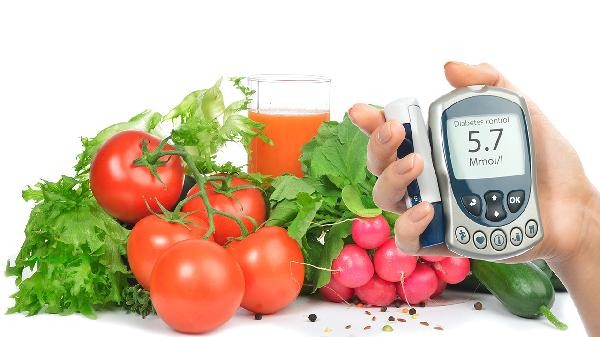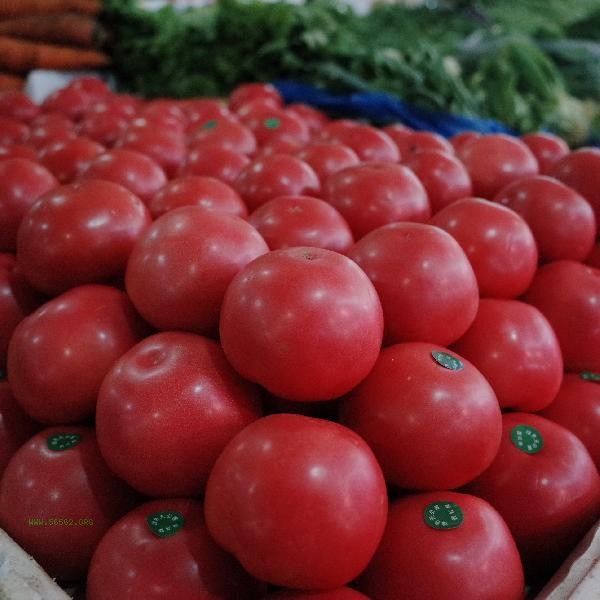The redder tomatoes become as they ripen, mainly due to physiological changes such as ethylene release, chlorophyll decomposition, and carotenoid synthesis during fruit ripening.

1. Ethylene Release
Tomatoes continue to release ethylene gas after harvesting, a plant hormone that can accelerate fruit ripening. Ethylene activates a series of enzymatic reactions, causing the cell wall of the fruit peel to soften while inhibiting chlorophyll production. As storage time prolongs, the accumulation of ethylene concentration significantly promotes the appearance of pigments such as lycopene, which is a key factor in tomato color turning red. This effect is more pronounced when immature tomatoes are stored at room temperature.
2. Chlorophyll Decomposition
Green tomatoes contain a large amount of chlorophyll. As the ripening process progresses, the activity of chlorophyllase in the fruit increases, gradually decomposing chlorophyll molecules. After chlorophyll degradation, carotenoids that were originally obscured by green begin to appear. This biochemical reaction requires suitable temperature conditions, and the decomposition rate is usually fastest in an environment of 20-25 degrees Celsius. Low temperature storage will slow down the process.
3. Carotenoid synthesis
When tomatoes mature, key enzymes such as octahydrolycopene synthase are activated, promoting the operation of the carotenoid biosynthesis pathway. Lycopene, as the main pigment, accumulates in large quantities, and its molecular structure can reflect red light, making the fruit appear bright red. Light promotes this process, but excessive exposure to sunlight may lead to pigment oxidation, which in turn affects color.

4. Sugar Conversion
During the ripening period, amylase hydrolyzes stored starch into soluble sugars. The increase in sugar content enhances cell osmotic pressure, promotes the expansion and rupture of fruit pulp cells, and releases more pigment particles. The intermediate products produced by sugar metabolism also participate in pigment synthesis, which is why fully ripe tomatoes have brighter colors and higher sweetness.
5. environmental factors
Temperature, humidity, and oxygen concentration can all affect the rate of turning red. A warm environment around 25 degrees Celsius is most conducive to pigment conversion, while low humidity can cause skin wrinkling and affect color uniformity. Mixing with fruits such as apples that release a large amount of ethylene can accelerate tomato discoloration, but may shorten the shelf life. Although refrigeration can delay turning red, temperatures below 10 degrees may cause cold damage.

It is recommended to store unripe tomatoes in a cool and ventilated environment, avoiding direct sunlight or sealed storage. If you need to accelerate ripening, you can store them together with bananas and apples in a paper bag. After completely turning red, it should be refrigerated promptly, but not for more than 5 days. Restoring to room temperature before consumption can enhance flavor, and slight wrinkles on the surface do not affect nutritional value. However, if mold or sourness appears, it should be discarded. When storing daily, pay attention to separating it from other vegetables and fruits to prevent cross ripening from affecting freshness.








Comments (0)
Leave a Comment
No comments yet
Be the first to share your thoughts!